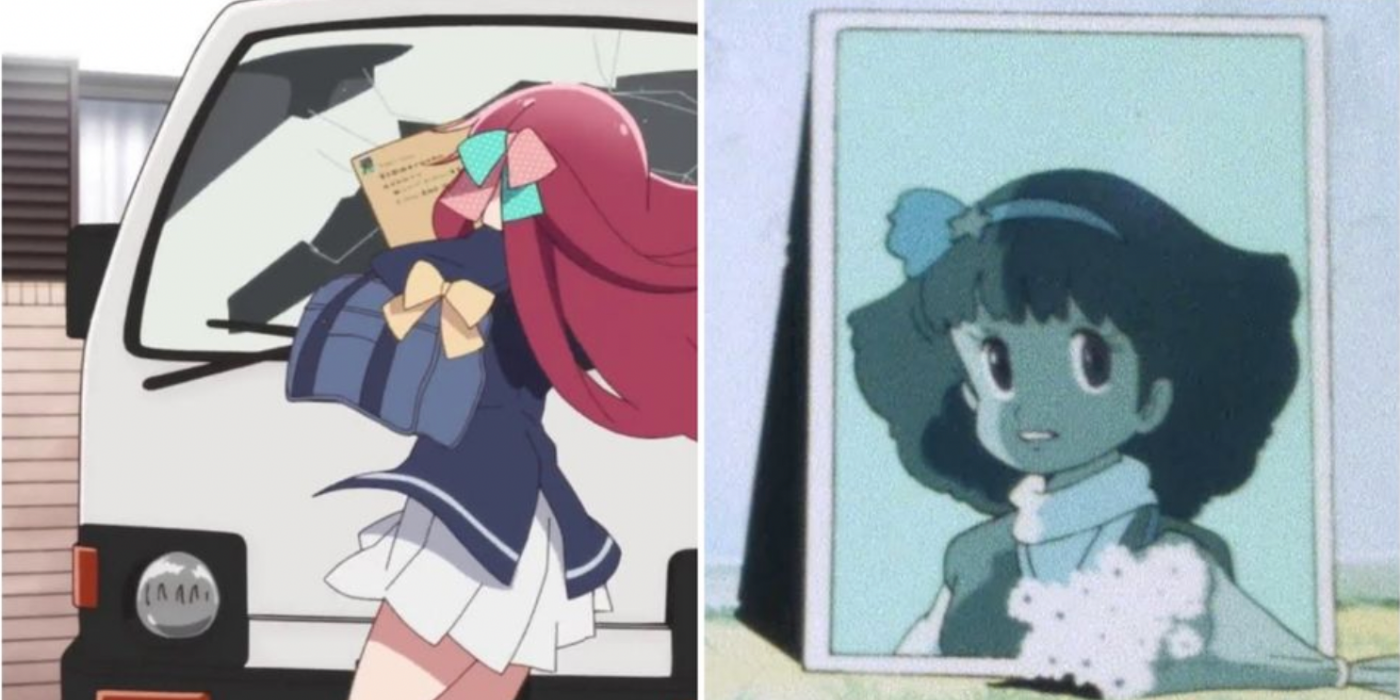
A fan might be watching a new anime series and notices that it starts off with the main character getting hit by a truck. This might remind them that they've seen another anime that also started with a character getting hit by a truck. They might even look it up and discover other examples of anime heroes and heroines getting run over.
Then there are the fans who started to notice the memes: characters talking about a mysterious character called "Truck-Kun" who seems to appear in multiple anime. But then they look up the series' character guides and notices there isn't a character named like that mentioned. On the other hand, they might notice that the word "isekai" and this truck keep appearing together. But why?
10 Who Is This Truck-Kun? anime fans have adopted the name "Truck-Kun" to describe these trucks as if they were a singular entity & a literal character rather than a plot device
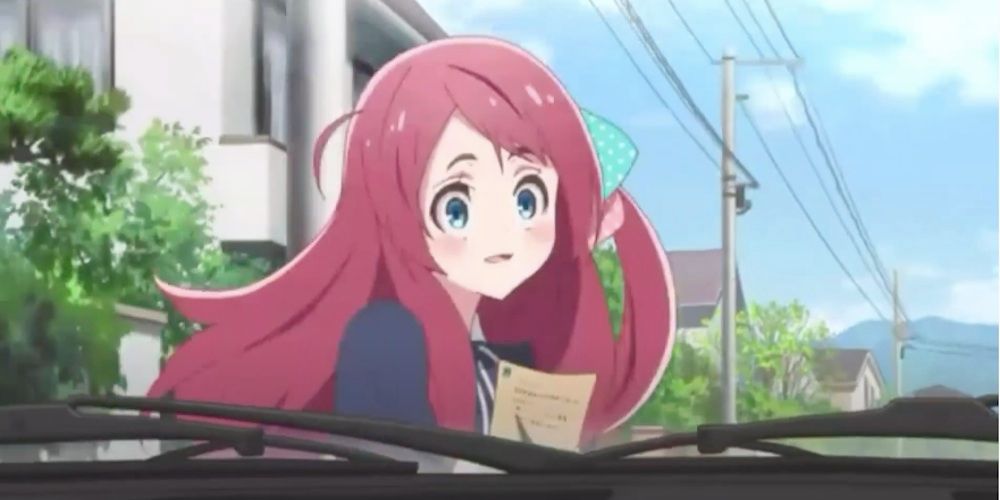
It is a popular theme in isekai manga and anime for the main character to be killed by a traffic accident, usually a truck, allowing them to be reborn into another life. In this new life, the character remembers their past self, effectively finding their new life more of a transformation, and allowing the audience to have a human viewpoint in this strange, new world.
The popularity of death by truck in the genre has caused anime fans to have adopted the name "Truck-Kun," to describe these trucks as if they were a singular entity and a literal character rather than a plot device. Another popular name used by other anime fans is the "Isekai Truck of Good Fortune." While possibly meant to be ironic, the name might also reflect how characters are often given a second chance in their new lives.
9 Why Is Everyone Getting Run Over By Trucks? Characters dying in traffic accidents is a classic anime trope when it comes to characters' origins
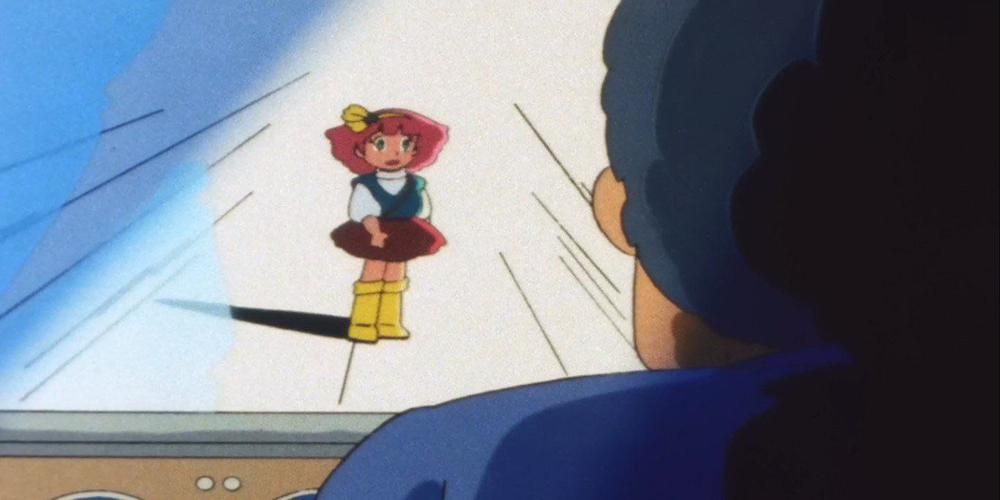
In one of the earliest examples, Astro Boy was built when his creator's son died in a traffic accident and he was designed in the dead boy's image. One of the most famous early examples of a character dying and reincarnating after an accident is the magical girl anime, Minky Momo. The titular heroine, a magic princess sent to Earth to save the world of dreams, loses her powers and is run over by a truck delivering toys, killing her.
Assuring that she couldn't be revived, audiences hear an ambulance siren only to learn it was just a toy, basically a visual cue signifying it to be too late to revive her. That isn't the end of the story, however, as Minky Momo is then reborn as the biological daughter of the human couple that took her in. Ironically, Minky Momo is actually a magic princess from the magical world reborn into the mundane, real-world, a reverse of what the genre would be known for, having a normal hero be reborn into a fantastic setting.
8 What Is Isekai? What Does The Word "Isekai" Mean? isekai means "different world" or "different universe" & isekai stories are ones where the main character enters a new world

The word "isekai," a pronunciation of "異世界," literally means "different world" or "different universe."
In the world of anime and manga, isekai stories are ones where the main character enters a brand new world. While the word is considered to have been coined relatively recently, many fans claim anime that has been around for decades could be considered part of the genre.
7 Where Did The Genre Come From? The genre is partially believed to have its origins in Japanese folklore & fairy tales, which often feature people being spirited away into the spirit world
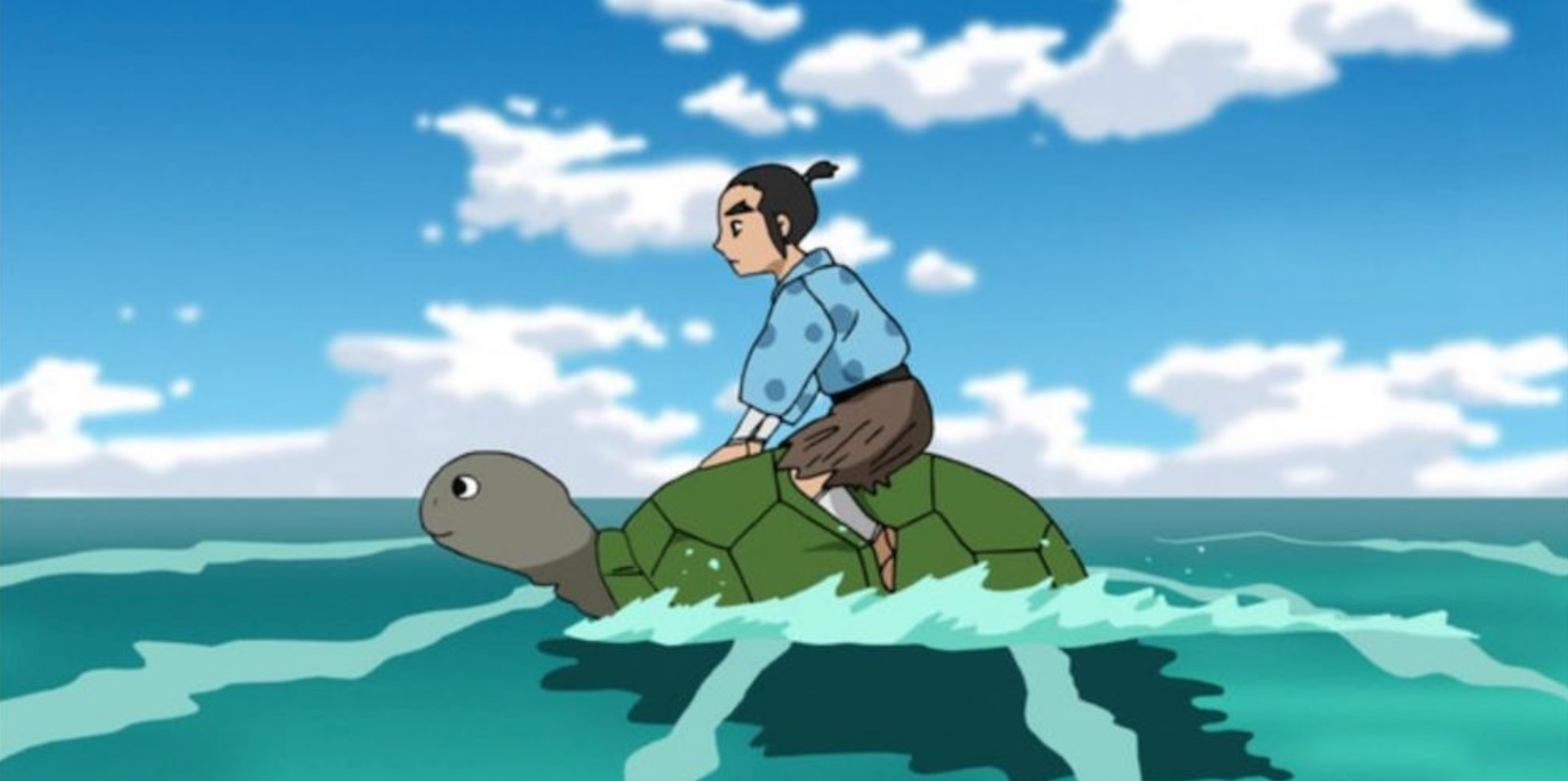
One Japanese fairy tale that gets compared to the genre, in particular, is that of Urashima Taro, in which a boy ventures under the sea, discovers a magical new world, and even befriends a beautiful princess. Unfortunately, his return to the world above does not mark a happy ending; centuries have passed while he was under the sea, everyone he knew and loved is dead, and he himself is eventually reduced to dust.
Added to that, plenty of Western works have also been attributed to influencing the genre, from Alice In Wonderland to The Wizard of Oz, both of whom have, ironically enough, been adapted into anime.
6 Do The Characters Have To Die At The Start? the genre is often thought to be divided into two groups: isekai ten’i & isekai tensei
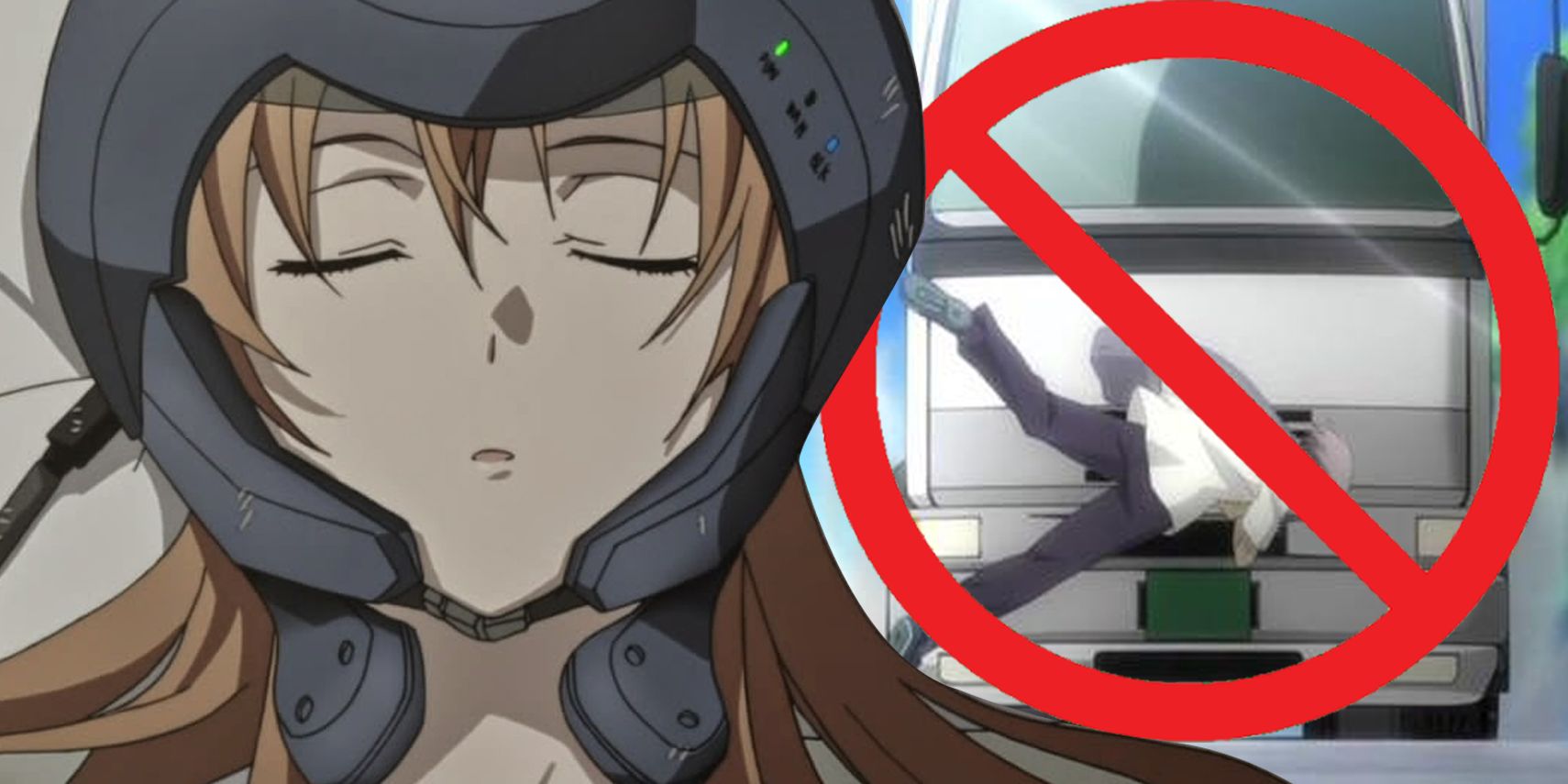
In truth, the genre is often thought to be divided into two groups: "isekai ten’i" and "isekai tensei." The latter deals with reincarnation while the former involves a character simply venturing or being summoned into another world.
Plenty of famous Japanese anime can be considered part of the former genre, like Fushigi Yûgi, Magic Knight Rayearth, and Inuyasha, as well as the anime film, Spirited Away. Added to that, Sword Art Online would become known for popularizing using the virtual world as the alternate world people go to.
5 Can Characters Stay On Earth In Isekai? a lot of titles that are considered isekai take the "other world" approach in a less literal concept
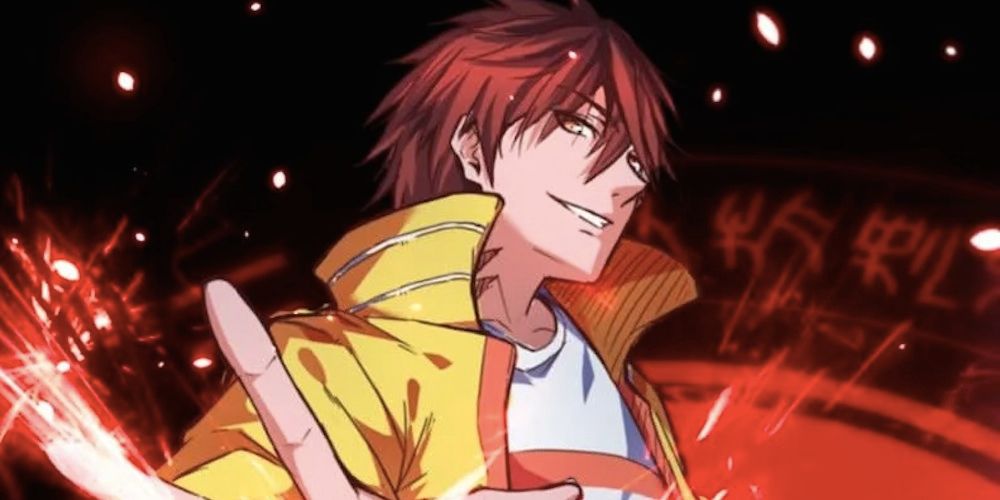
While the genre implies the main characters undergoing some travel between worlds, a lot of titles that are considered isekai take the "other world" approach in a less literal concept.
One subset of the genre is the "second chance" genre, in which characters are reborn as their younger selves. This concept is particularly popular among manhua and manhwa. Some stories split the difference and have a character return to their human life after having adventures in the spirit world, except they still have their magic power and knowledge.
4 What Is With All The Party Guilds? It is popular for anime in this subgenre to make use of popular video game tropes
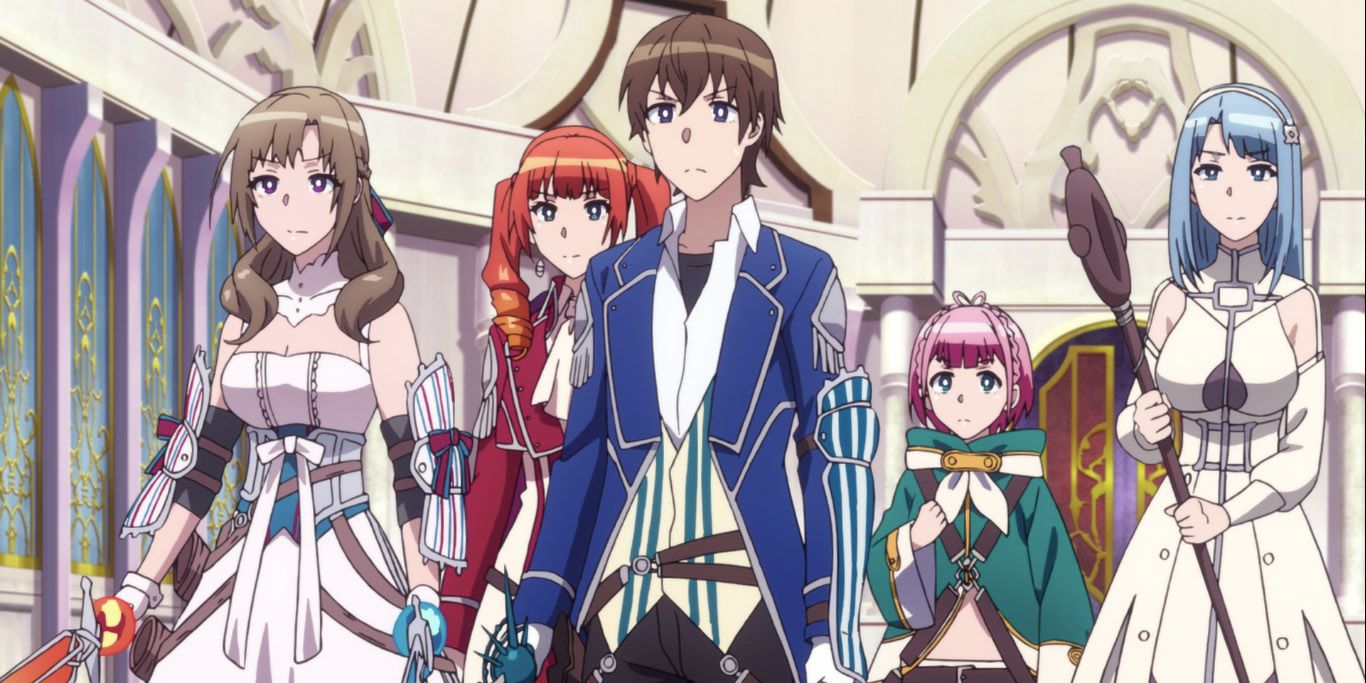
Video games are often a popular theme when it comes to isekai anime and manga. The other world a character can find themselves trapped in could be a video game they were playing. Even anime that involves characters dying and reincarnating might find themselves reborn in a world that resembles, or somehow is, the world of a video game they enjoyed in their former life.
Because of this, it's also popular for anime in this subgenre to make use of popular video game tropes. Because the world depends on the author's imagination, whether these video game tropes are parodied or played completely seriously depends on the story.
3 A Popular Anime Starts With The Hero Dying In A Traffic Accident. Does That Make It An Isekai Anime? the world around them has to change in some fashion, such as going to a past version of it
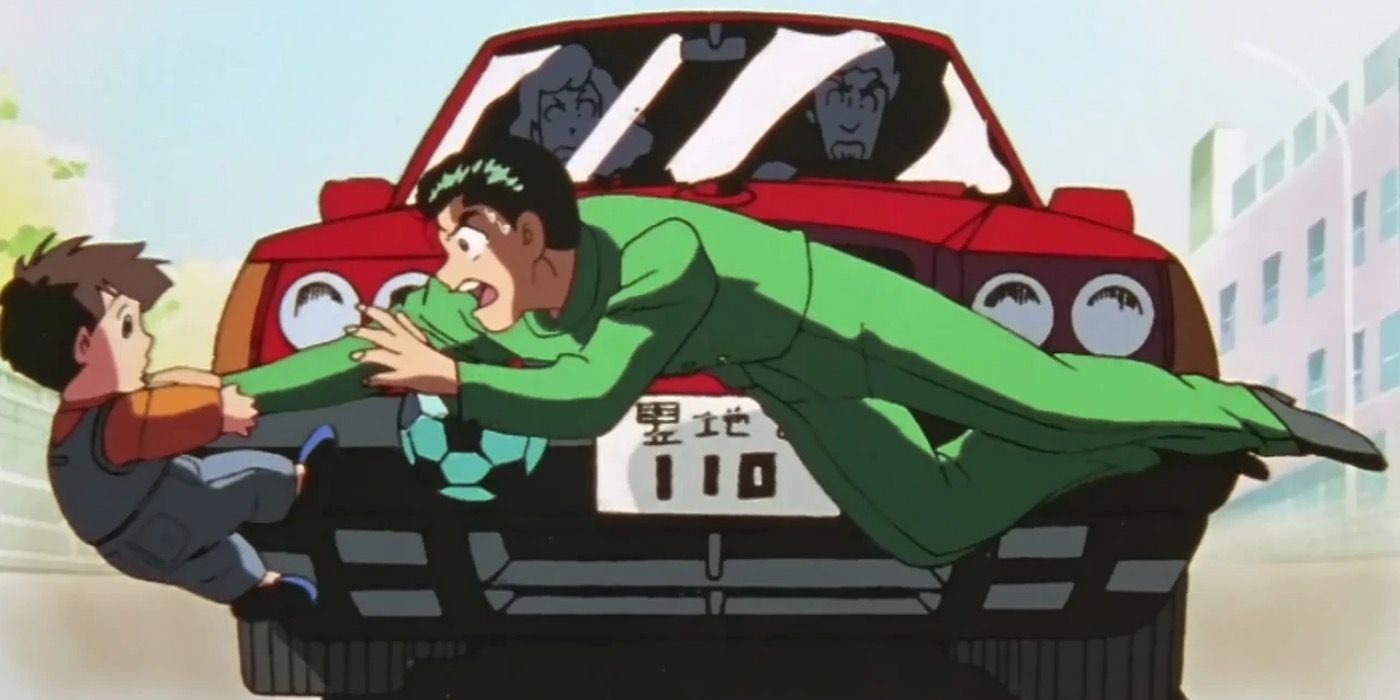
There are plenty of classic and modern anime that start with a hero dying at the start of the story, either with them coming back to life or becoming an undead creature. Some famous examples include Yu Yu Hakusho, in which the hero dies while saving a child and returns to life as a detective for the spirit world, and Zombie Land Saga, which has the heroine getting run over, made into a zombie, and joining an idol group.
Because of this, fans often debate whether or not this automatically makes something an isekai. That said, while a character doesn't have to literally go to another world in order to be part of the genre, the world around them has to change in some fashion, such as going to a past version of it. A character returning to their own setting unchanged is generally thought to be what keeps a story from genuinely being an isekai plot.
2 Can A Character Go From The Fantasy World To The Real World? characters moving on from a fantastic world to a more realistic one is often called "reverse isekai"
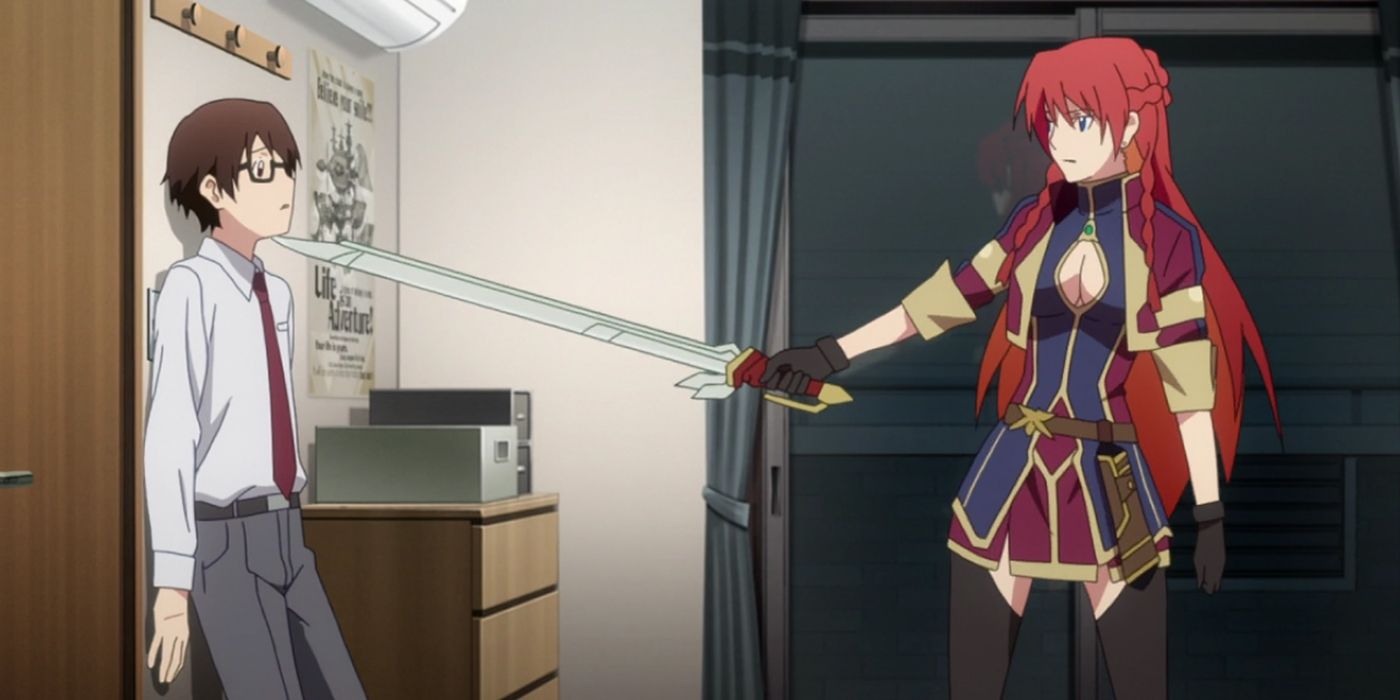
While the wordplay only implies that a character only has to go to another world, characters moving on from a fantastic world to a more realistic one is often called "reverse isekai." Some anime series reflecting this subgenre include Laidbackers and Re:Creators.
The trope of fantasy characters entering the real world is a long-running theme in anime and manga. One early example is the early magical girl series, Sally the Witch.
1 Can A Non-Japanese Series Be Considered Isekai? stories that predate the genre, like The Wizard of Oz, are often considered the original isekai stories

Manhwa and manhua that involve characters venturing off into another world are sometimes considered part of the isekai genre. Whether Western animated series dealing with other worlds are considered isekai can be a complicated issue, especially when Western cartoons can be influenced by isekai anime.
For example, the Disney cartoon Amphibia was confirmed to have been partially based on the classic series, Magic Knight Rayearth by series creator Matt Braly. On the other hand, even stories that predate the genre, like The Wizard of Oz, are often considered the original isekai stories.
0 Comments